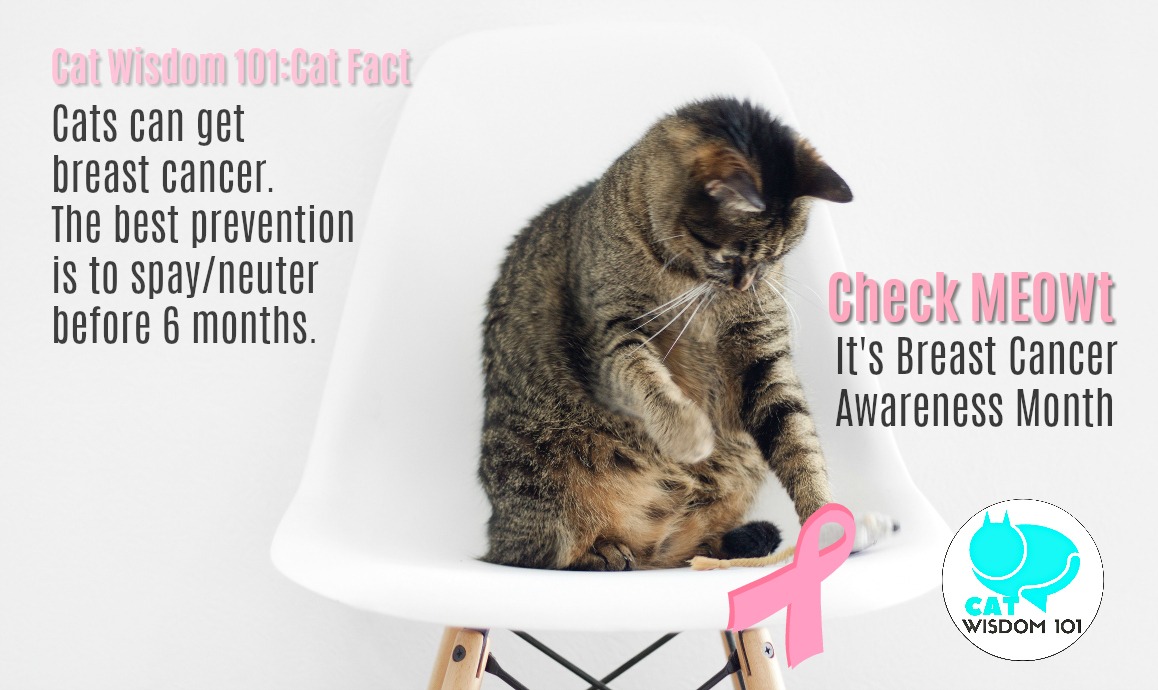
Vet 101: Cats Get Breast Cancer Too
Updated 2018 and in honor of my friend, Bethany Meissner who lost her battle with cancer last week. She was my editor when I wrote for Petfinder and one of the kindest and optimistic person I’ve ever known. This was her last blog post a month ago. We never know when something will be the last post or call or anything. We can only hope.
October is Breast Cancer Awareness Month It’s a disease that effects 1 in 8 women but did you know cats can get breast cancer too? Dr. Letrisa Miller, a veterinarian with a feline exclusive practice shares what every pet parent needs to know about feline breast cancer.
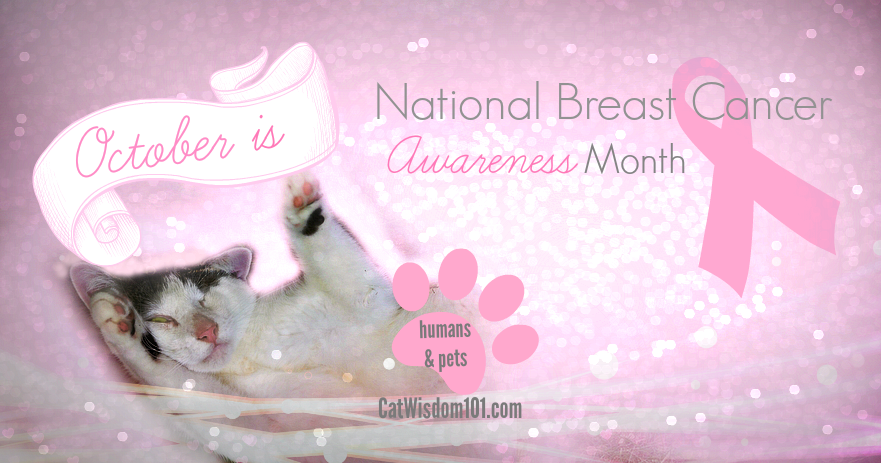
Cats Get Breast Cancer Too by Letrisa Miller DVM
Do you check your cat monthly for lumps and bumps? All of the talk about Breast Cancer Awareness Month reminded me that many people aren’t aware of feline breast cancer or that one of the best ways to defeat it is the same for both cats and people. The monthly lump check is important not just for you but for your cat too!
Breast cancer is not the most common cancer in cats (I see it two to five times a year), but it is often a tragic diagnosis because it isn’t diagnosed early enough to be treated effectively. Because of this, knowing what to watch for is important. Early detection is the key to early diagnosis and a good outcome.
Breast cancer is most common in middle age to older female cats but does occur in younger cats and rarely in male cats (1%). The most common signalment is an unspayed female of 10 to 12 years old. Siamese cats suffer from breast cancer more than other breeds and have a tendency to get it at a younger age (average nine years old).
Prevention is the Best Cure
- A cat’s biggest risk factor for getting breast cancer is being an unneutered or late neutered female. If a cat is spayed by the age of six months, her chance of getting breast cancer is reduced by a whopping 91%!
- The second most significant risk factor is a history of progestin hormone use. The drug Oviban, which was once commonly used for behavior problems and sometimes for itchy skin, is considered to be the most problematic of this class of drug. In general, most veterinarians now consider it to be a drug of last resort in cats (if they will use it at all).
The best way to prevent feline breast cancer is to have your cat neutered by the time she is six months old and not use progestin hormones.
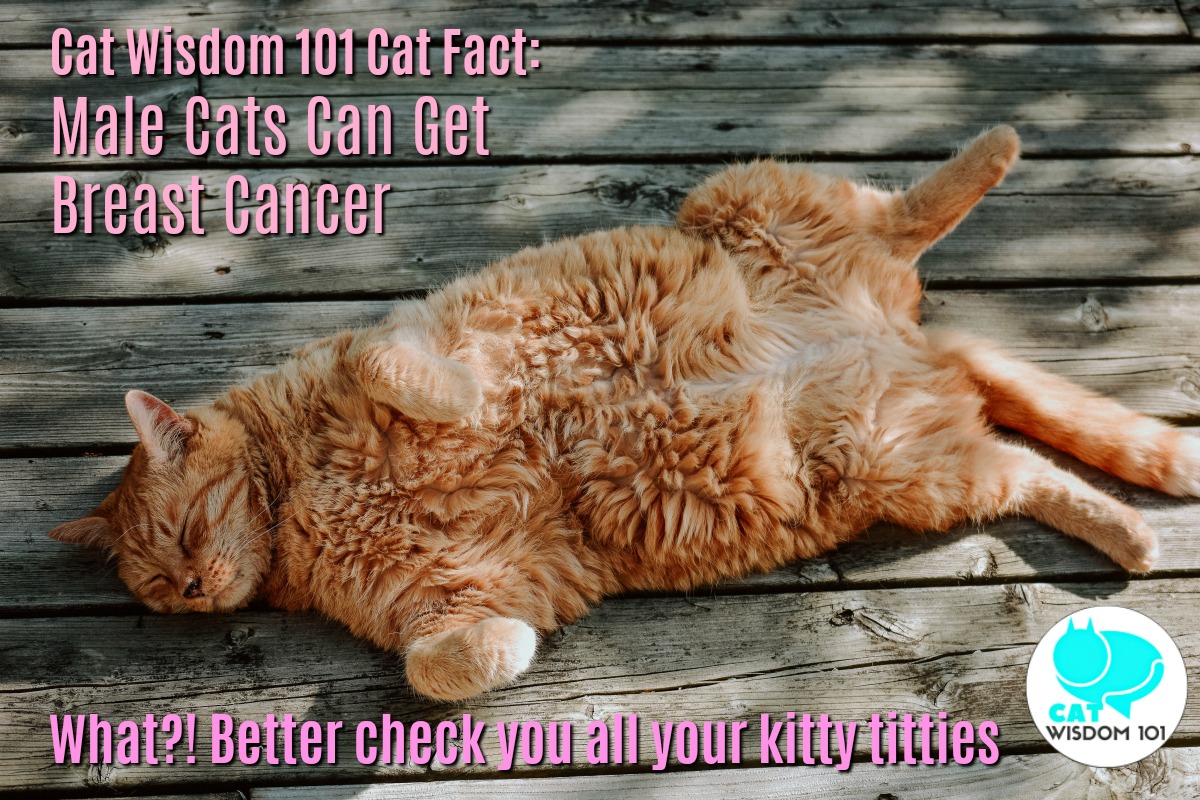
Feel Your Felines
Cats usually have eight mammary glands, four on each side, on their bellies. The glands have lymph connections. Thus, even if a tumor is confined to one gland, we often see it spread to one or more of the other glands.
Lumps or masses anywhere in any of the mammary glands have a 90% chance of being cancerous (malignant). Lumps are usually, but not always, found near one of the nipples on the cat’s belly and are usually firm and/or fluid filled.
Discharge from a nipple is a sign your cat should see the vet ASAP!
Check your cat’s breast area (and everywhere else too) at least once a month. Just run your hands around your cat, rolling the skin between your fingers to feel for thickened spots or lumps. This can be challenging on obese cats. Also, be aware that many cats have perfectly normal fat “pads” in the groin area.
If you’re not certain, ask your veterinarian about what is normal and what isn’t when you first start doing lump checks. Don’t be embarrassed about asking for help! Asking may save your cat’s life, and none of us was born knowing normal cat anatomy.
Veterinarians see several types of breast cancer in cats. Mammary carcinoma and adenocarcinoma are the most common, but all types tend to be aggressive, meaning that they grow and spread quickly. Often they spread early in the course of the disease. The amount of lymph drainage in the breast and the fact that these tumors like to spread through the lymph system aids their progression.
Breast cancer usually spreads to the lungs and to adjacent mammary glands or lymph nodes. Tumors tend to grow quickly, soon outgrowing their blood supply. When this happens, the center of the tumor dies and starts to rot (necrosis). The tumors also tend to cause the overlying skin to die, quickly leading to open “rotting” sores.
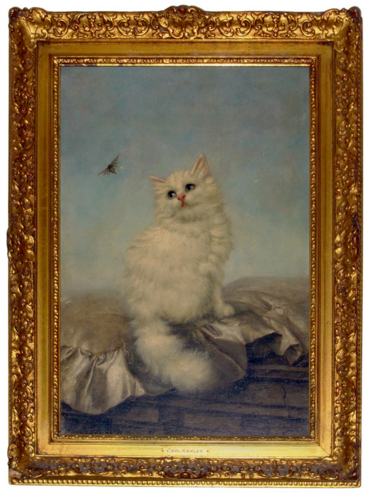
Tumors in long-haired cats are often not noticed by caretakers until they reach this stage. I have seen tumors reach this stage in as little as two or three weeks, so I advise having any lump in the breast area of a cat seen by a veterinarian within a few days of discovery. The sooner the tumor is addressed, the better your cat’s chances for survival. All the more reason the regularly groom your cat.
When a client finds a mass in the breast area of his or her cat, I examine both the cat and the lump. If the cat is healthy enough for surgery, I biopsy the lump to determine if it is, in fact, breast cancer. Some veterinarians do needle aspirates of lumps, but these are often not diagnostic and may delay diagnosis and treatment.
Because only around 10% of lumps in this area are noncancerous, many veterinarians and veterinary oncologists recommend immediate excisional biopsy. This means taking out the whole lump to send to the pathologist for diagnosis. If the veterinarian is reasonably certain of the diagnosis before surgery, the entire lump with at least two centimeters of normal-appearing tissue around the lump should be removed and submitted for biopsy, possibly with the lymph node that drains the region.
This is a large amount of tissue but gives the best chance of removing all of the affected tissue and also gives the histopathologist a good sample to examine for invasion of the lymph vessels with cancerous cells.
If the diagnosis is cancer, more surgery is needed because the best chance for long-term survival is to remove all breast tissue to prevent development of new tumors. For this reason (and to reduce the number of surgeries the cat must go through) removing all of the breast tissue on the affected side at the time of biopsy may be the best way to decrease the risk of spread. A second mastectomy to remove the breast tissue from the other side would then be done after the cat has healed from the first surgery (by which point the diagnosis should also be confirmed).
To determine how long a cat will live with breast cancer, we look at the size of the tumor when it is removed and whether the cancer has spread to the lymph vessels. If a tumor is removed before it is bigger than a pencil eraser and no cancerous cells are found in the lymph vessels around the tumor, the cat has a good chance of long-term survival as long as full mastectomy and chemotherapy are done.
Because survival times for cats with larger tumors, particularly tumors that have spread to the lungs, are only one or two months, hospice care is usually offered in lieu of treatment for these patients. For cats that are in between the best- and worst-case scenarios, deciding which course to take can be very difficult. Each cancer patient is an individual, and predicting outcomes can be difficult. Options must be weighed carefully, and all of the available information should be considered when deciding how to proceed.
Veterinary oncologists are a tremendous resource when you and your veterinarian must make decisions in the face of uncertain outcomes. Oncologists are likely to have the most experience and the latest information on treatment protocols and outcomes (especially if you cat has one of the less common types of breast cancer).
Remember that no decision is a wrong one when you are faced with the challenge of a diagnosis of cancer.
Prevention of breast cancer is easy: Spay your kittens! Diagnosis of those unfortunate enough to get this disease rests in large part on frequent examinations. Early detection is the key to survival; however, treatment helps in almost all cases except the most advanced. Breast cancer is a difficult disease and can be devastating, but we are making inroads in detection and treatment.
My best wishes to all of you and your furry children. I hope none of you ever have to face breast cancer, but know that if you do there are many veterinarians who will do their best to help you and your cat and that if the disease is discovered and treated early there is hope.
Letrisa Connecticut Feline Surgery
Odin is our poster boy for the PSA graphic. Please Pin or share any of them.
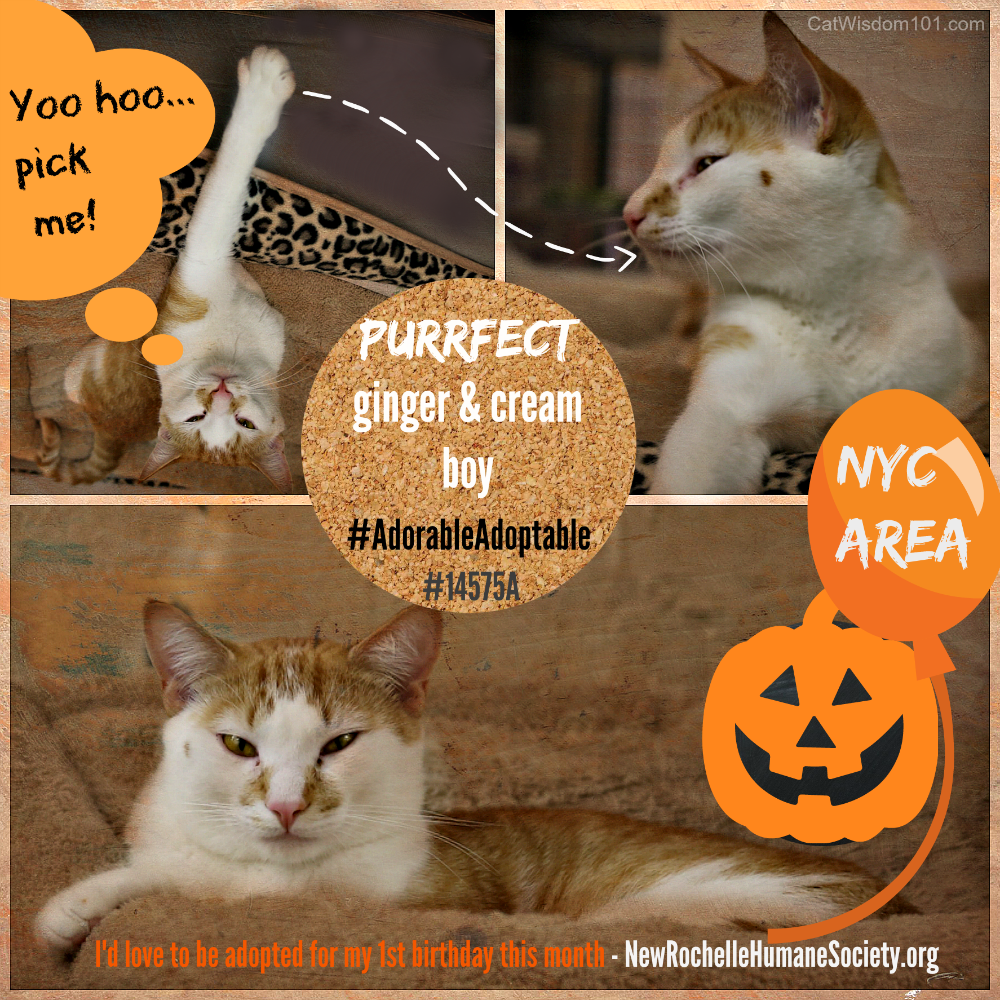

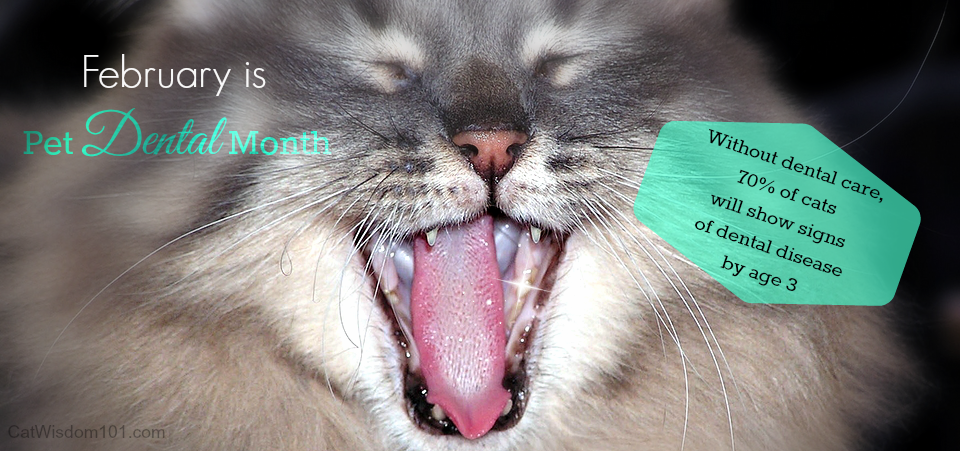

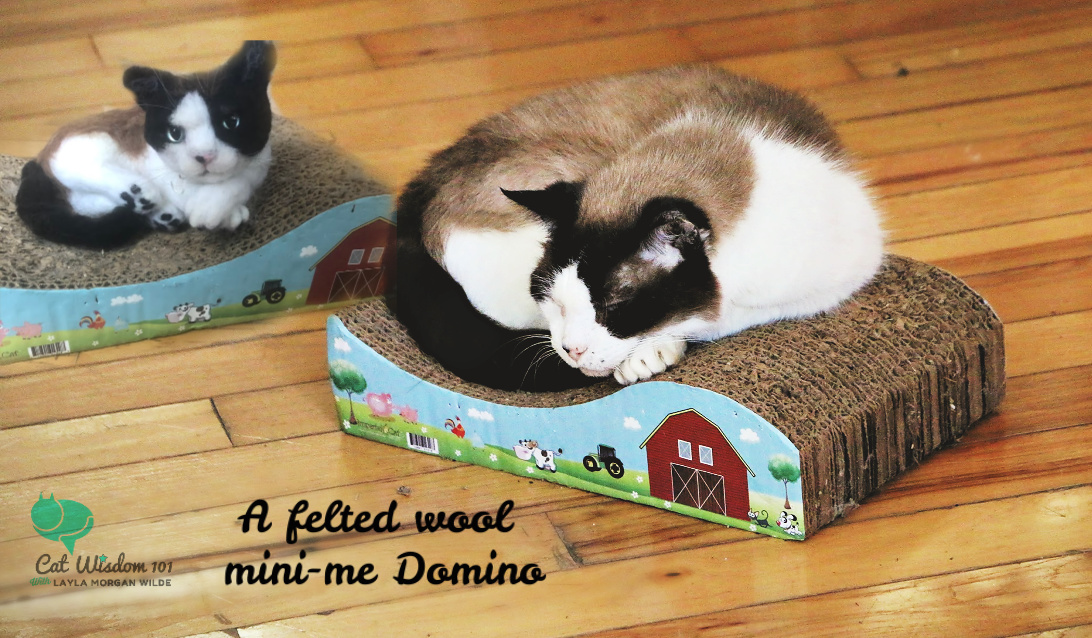
15 Comments
breast actives breast nexus
This is the right webpage for everyone who would like to find out about this topic. You understand so much its almost tough to argue with you (not that I personally would want to…HaHa). You certainly put a new spin on a subject that’s been written about for years. Wonderful stuff, just excellent!
The Island Cats
Thanks for this important information.
Bev Green
An excellent Post Layla..we have a risk in our human family and of course cats are family too..all our girls and when we had them ,boys, were desexed at around 14 weeks..cancer is also increased in dogs male amd female when undesexed..and a great point about hormone based meds too..i always pat and massage the pups and the kitties and so any new lump or bump stands out to me..hugs Fozziemum
Deztinee High
Gweat posty. Weez lost boff hooman and kitty furiends to this howwible disease.
Luv ya’
Dezi and Lexi
Skeeter and Izzy
Breast cancer virtually eliminated, testicular cancer 100% eliminated and no unwanted babies,spay and neuter great at any age but SUPER GOOD at less than 6 months!!! We always try to get it done just as soon as a kitten is old enough and weighs enough. The youngsters also recover from the surgery much faster.
SPAY & NEUTER…………there is no down side.
Thank you Dr. Miller and Layla for educating us on this issue and horrible disease.
Luvs
Skeeter and Izzy and the Feral Gang + Twig & Peanut & Romeo >^..^<
Angel AbbyGrace
I so wish I could have had Annabelle before she ever gave birth. *sigh*
Kathryn
Had no idea about this. My two boyz aren’t at risk. Emma Peel, 1972-1992 was neutered at 1 year and our females growing up were also neutered at about 1 year, after a litter or two.
Excellent info. I will keep this in mind.
Eventually, I will get an orange boy, orange girl and a Sheltie (mini collie.) All orange animals, Toby (Sheltie), Jack Colby, male orange cat, Ginger Marmalade, female orange cat.
Good to know.
Thanks.
Layla Morgan Wilde
It’s true male cats have only a 1% chance of breast cancer but it can happen. Love orange and those names.
da tabbies o trout towne
grate post guys….we had a couple of veree veree good friendz frum bak in R catster dayz that got kitty breast cancer….
🙁
♥
Brian
That Evil C is just so darn scary.
Tamago
This is great information. I didn’t know spaying by 6 months of age reduces the risk so significantly.
easy rider
It’s sad that we all can get this darned big C. The worst is that it happens mostly to senior pets where a lot of vets fear a surgery because of the after- and sideeffects. I wish we would find a cure to chase this big C away for ever…
Summer
I’m so glad I was spayed before I was 6 months old – that really lessened my chances of getting breast cancer! Honestly, all girl kitties should be spayed before they are 10 or 12 years old, because even if they are breed cats who are moms, that is way past their prime child-bearing years. My mom is nowhere near that old and she is probably going to retire from having kittens very soon.
Layla Morgan Wilde
That’s a good point about show cats.
Kellietheorangecat
I had no idea, thanks for the information.